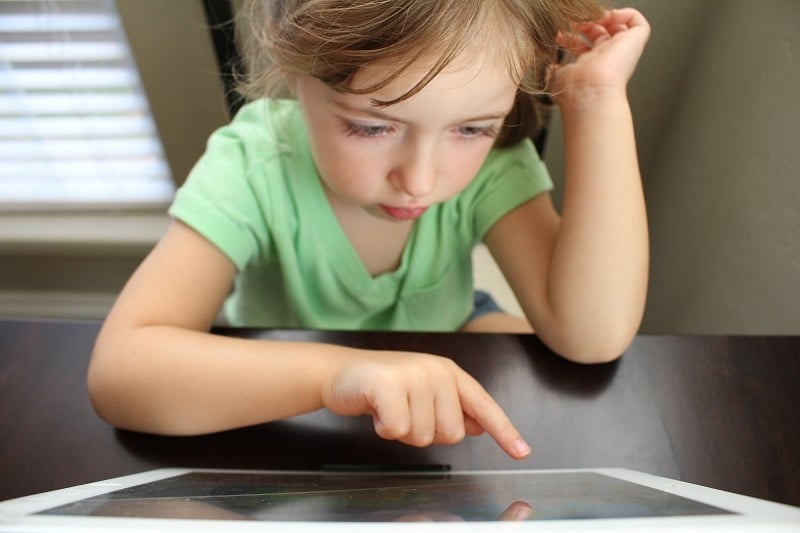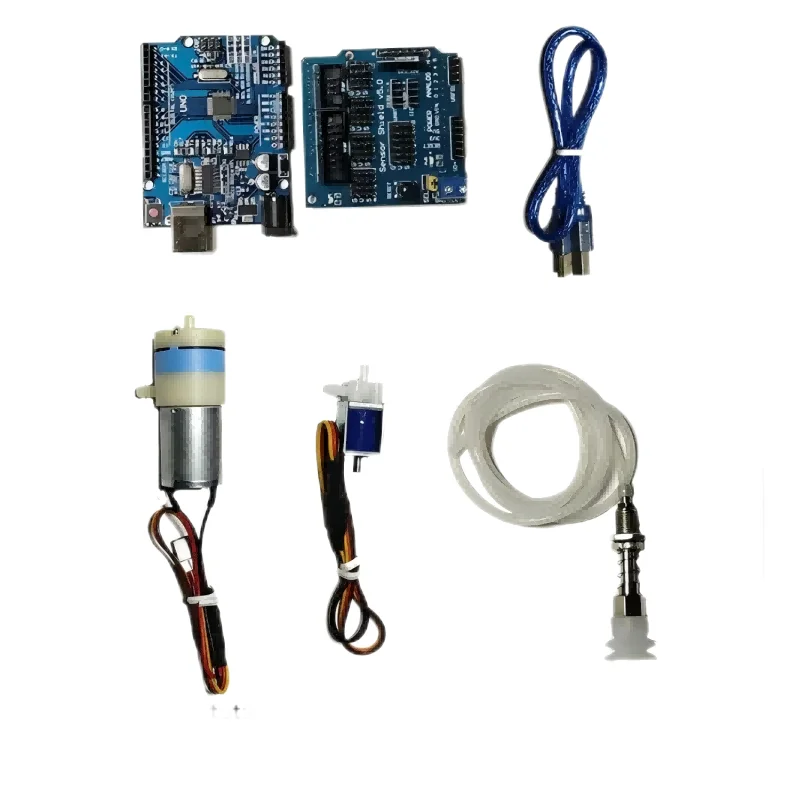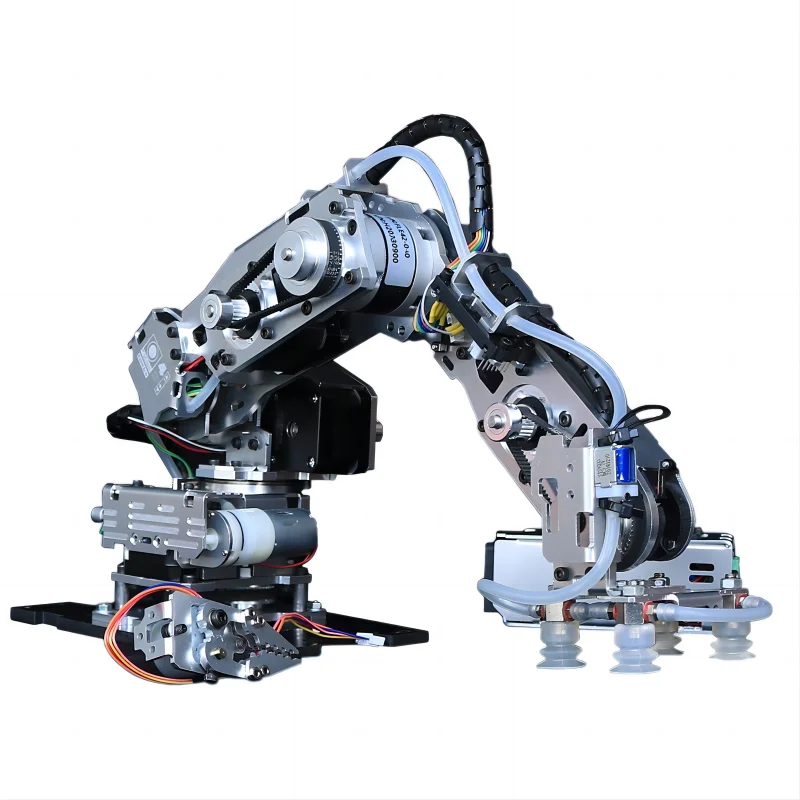
1. Types and Categories
STEM Toys: Science, Technology, Engineering, and Mathematics-focused kits that promote hands-on learning and problem-solving skills.
Language and Literacy Toys: Alphabet blocks, phonics games, and storytelling toys that aid in language development and reading skills.
Creative Arts: Craft kits, musical instruments, and art supplies that encourage creativity and self-expression.
Social and Emotional Learning: Role-playing toys, board games, and puzzles that foster empathy, cooperation, and emotional intelligence.
2. Benefits and Developmental Impact
Cognitive Skills: Enhancing critical thinking, problem-solving, and logical reasoning abilities through interactive play.
Motor Skills: Fine motor skills development through manipulation of toys, such as building blocks or puzzles.
Creativity and Imagination: Stimulating creativity, innovation, and imaginative play through open-ended toys and activities.
Social Skills: Encouraging communication, collaboration, and teamwork in cooperative games and role-playing scenarios.
3. Design and Features
Interactive Features: Lights, sounds, and sensory elements that engage multiple senses and enhance learning retention.
Safety and Durability: Child-safe materials, non-toxic paints, and sturdy construction suitable for active play.
Age-Appropriate Content: Toys designed with consideration for developmental stages and learning milestones.
4. Parental and Educational Considerations
Learning Objectives: Aligning toy selection with educational goals and curriculum standards to support classroom learning.
Tech Integration: Educational apps, augmented reality (AR), or interactive digital platforms that complement physical toys for enhanced learning experiences.
Parental Involvement: Role of parents in guiding and facilitating learning through educational toys, fostering bonding and shared experiences.
5. Market Trends and Consumer Preferences
Demand for STEM Toys: Increasing interest in toys that promote STEM skills to prepare children for future careers in technology and innovation.
Sustainability: Growing preference for eco-friendly toys, recycled materials, and toys that teach environmental awareness.
Multicultural and Inclusive Toys: Representation of diverse cultures, languages, and abilities in educational toys to promote inclusivity and empathy.
6. Educational Outcomes and Assessment
Measuring Learning Impact: Assessing cognitive gains, language development, and social-emotional growth facilitated by educational toys.
Teacher and Educator Insights: Collaborating with educators to design toys that complement classroom learning and educational objectives.
Conclusion
Educational toys play a pivotal role in children's holistic development, fostering cognitive, social, and emotional skills through engaging and purposeful play experiences. By selecting toys that align with educational goals, promote creativity, and cater to diverse learning styles, parents and educators can support children's learning journey effectively while encouraging curiosity, exploration, and lifelong learning habits.







